Lens Color (Polycarbonate 1.59) Lens Color (Lined Bifocal FT-28, Polycarbonate 1.59) Lens Color (Trivex) Lens Color (Lined Bifocal FT-28, Trivex) Lens Coatings Scratch Coating
A scratch resistant coating is often applied to surfaces that are not inherently scratch-resistant, like CR-39 plastic, polycarbonate, or Trivex. It adds a barrier of protection that hardens the surface against both large gouges and smaller scratches, which can build up and crisscross to add a hazy appearance to lenses. If your lenses are formed from any material other than glass, a scratch-resistant coating will increase their productive lifespan.
UV (Ultra-Violet) Protection Coating
UV light is invisible to the human eye but can, in excess, cause retinal burning and scarring. Most sunglasses are already designed to block a high level of UV radiation; other lenses, depending on their function or lens material, may also block some UV rays. If your lenses do not specifically state their UV screening level and you spend time outdoors, an additional UV coating will offer protection and peace of mind. Anti-UV treatment is not necessary on polycarbonate lenses because it is an inherent property of the material.
Anti-Fog Coating
An anti-fog coating works by chemically affecting the adhesion of water molecules, preventing them grouping into larger clusters that can impair vision. If your glasses are frequently exposed to temperature changes or humid conditions, you’ll likely want an anti-fog coating to help combat condensation. The same goes for anyone who engages in strenuous activities such as physical labor, participation in sports, or exercise. Any activity that causes your body temperature to fluctuate will likely lead to lens fogging.
Anti-Reflective Lens Coating AR (Anti-Reflective) Coating
Anti-reflective coatings eliminate the distracting glare that can be produced by light when it reflects through your lenses. Anyone subjected to direct or indirect reflections – especially those who spend a lot of time around computers and electronic monitors of any type, suffer from eye strain, or who drive at night – will likely enjoy the benefits of glare reduction. Due to the high reflective properties of high index lenses, an anti-reflective coating is recommended, and is practically mandatory for high index lenses made of glass. (Note: AR coating is not good for outside glasses, dusty dirty environments and or constant cleaning.) The lenses must be wet before they are cleaned.
Anti-Reflective with Blue Blocker Coating
Blue Light Plus AR coating is applied in a vacuum coater. The recipe contains anti-static layers, as well as an oleophobic layer to make the glasses easy to clean and stay smudge free. The Blue Light protection is applied to the front side of lens for protection from HEV at 440-480nm. A blue hued AR stack is also applied to the backside of the lens for maximum glare reduction. The coating’s blue hue makes the lenses more attractive.
Mirror Lens Coating Prescription Upload Prescription Accepted file formats: doc, docx, odt, pdf, rtf, tex, txt, wks, wps, wpd, jpg, jpeg, png
OR FILL OUT YOUR PRESCRIPTION BELOW Right Eye (OD) Measurements OD/Right/Sphere None +3.50 +3.25 +3.00 +2.75 +2.50 +2.25 +2.00 +1.75 +1.50 +1.25 +1.00 +0.75 +0.50 +0.25 Plano -0.25 -0.50 -0.75 -1.00 -1.25 -1.50 -1.75 -2.00 -2.25 -2.50 -2.75 -3.00 -3.25 -3.50 -3.75 -4.00 -4.25 -4.50 -4.75 -5.00
OD/Right/Cylinder None +2.50 +2.25 +2.00 +1.75 +1.50 +1.25 +1.00 +0.75 +0.50 +0.25 -0.25 -0.50 -0.75 -1.00 -1.25 -1.50 -1.75 -2.00 -2.25 -2.50
OD/Right/Axis Left Eye (OS) Measurements OS/Left/Sphere None +3.50 +3.25 +3.00 +2.75 +2.50 +2.25 +2.00 +1.75 +1.50 +1.25 +1.00 +0.75 +0.50 +0.25 Plano -0.25 -0.50 -0.75 -1.00 -1.25 -1.50 -1.75 -2.00 -2.25 -2.50 -2.75 -3.00 -3.25 -3.50 -3.75 -4.00 -4.25 -4.50 -4.75 -5.00
OS/Left/Cylinder None +2.50 +2.25 +2.00 +1.75 +1.50 +1.25 +1.00 +0.75 +0.50 +0.25 -0.25 -0.50 -0.75 -1.00 -1.25 -1.50 -1.75 -2.00 -2.25 -2.50
OS/Left/Axis BiFocal ADD BiFocal/Left None +3.00 +2.75 +2.50 +2.25 +2.00 +1.75 +1.50 +1.25 +1.00
BiFocal/Right None +3.00 +2.75 +2.50 +2.25 +2.00 +1.75 +1.50 +1.25 +1.00
Pupil Measurements Pupil Distance None 40.0 40.5 41.0 41.5 42.0 42.5 43.0 43.5 44.0 44.5 45.0 45.5 46.0 46.5 47.0 47.5 48.0 48.5 49.0 49.5 50.0 50.5 51.0 51.5 52.0 52.5 53.0 53.5 54.0 54.5 55.0 55.5 56.0 56.5 57.0 57.5 58.0 58.5 59.0 59.5 60.0 60.5 61.0 61.5 62.0 62.5 63.0 63.5 64.0 64.5 65.0 65.5 66.0 66.5 67.0 67.5 68.0 68.5 69.0 69.5 70.0 70.5 71.0 71.5 72.0 72.5 73.0 73.5 74.0 74.5 75.0 75.5 76.0 76.5 77.0 77.5 78.0 78.5 79.0 79.5 80.0 80.5 81.0 81.5 82.0 82.5 83.0 83.5 84.0 84.5 85.0 85.5
PD L (opt) None 20.0 20.5 21.0 21.5 22.0 22.5 23.0 23.5 24.0 24.5 25.0 25.5 26.0 26.5 27.0 27.5 28.0 28.5 29.0 29.5 30.0 30.5 31.0 31.5 32.0 32.5 33.0 33.5 34.0 34.5 35.0 35.5 36.0 36.5 37.0 37.5 38.0 38.5 39.0 39.5 40.0 40.5 41.0 41.5 42.0 42.5
PD R (opt) None 20.0 20.5 21.0 21.5 22.0 22.5 23.0 23.5 24.0 24.5 25.0 25.5 26.0 26.5 27.0 27.5 28.0 28.5 29.0 29.5 30.0 30.5 31.0 31.5 32.0 32.5 33.0 33.5 34.0 34.5 35.0 35.5 36.0 36.5 37.0 37.5 38.0 38.5 39.0 39.5 40.0 40.5 41.0 41.5 42.0 42.5
Other Measurements Segment Height
Shipping Label "I’ll provide my own" means you are opting to purchase your own shipping label. After you complete the checkout process, we will email you detailed instructions on the next step(s).
Prepaid means RX-Safety will email you a prepaid shipping label after you complete the checkout process.
Comments
(If you have any questions or comments about your prescription, type them here)


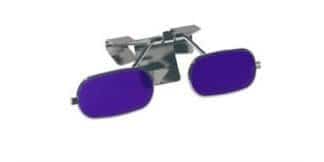
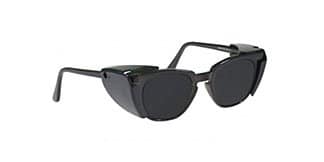
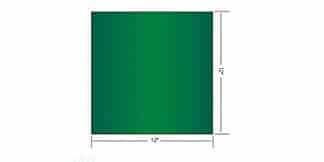
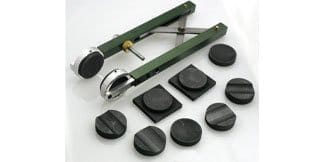
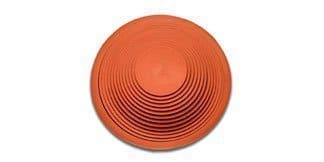
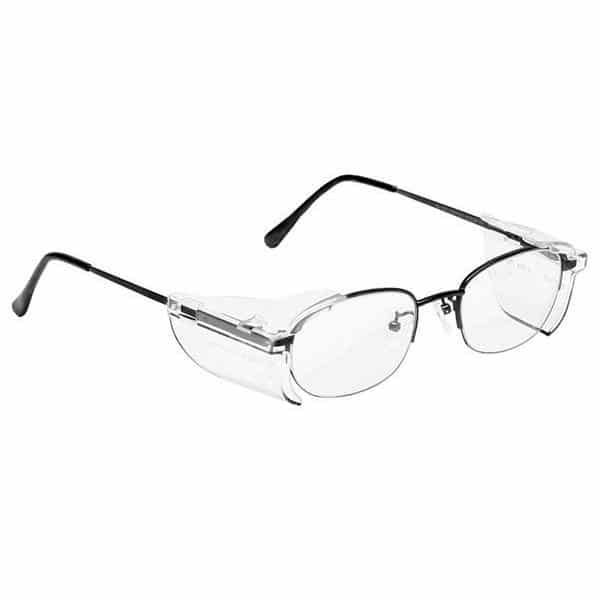

Reviews
There are no reviews yet.